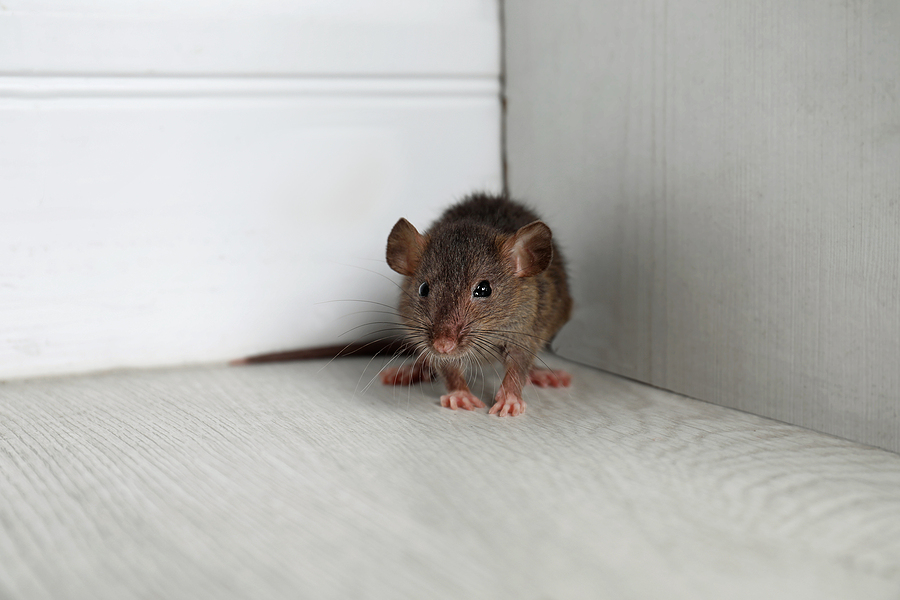
3 Ways to Prevent Rodents at Your Florida Home
Rodents can bring contamination, spread disease, and destroy property at your Florida home, leaving you to deal with the clean-up.

Rodents can bring contamination, spread disease, and destroy property at your Florida home, leaving you to deal with the clean-up.
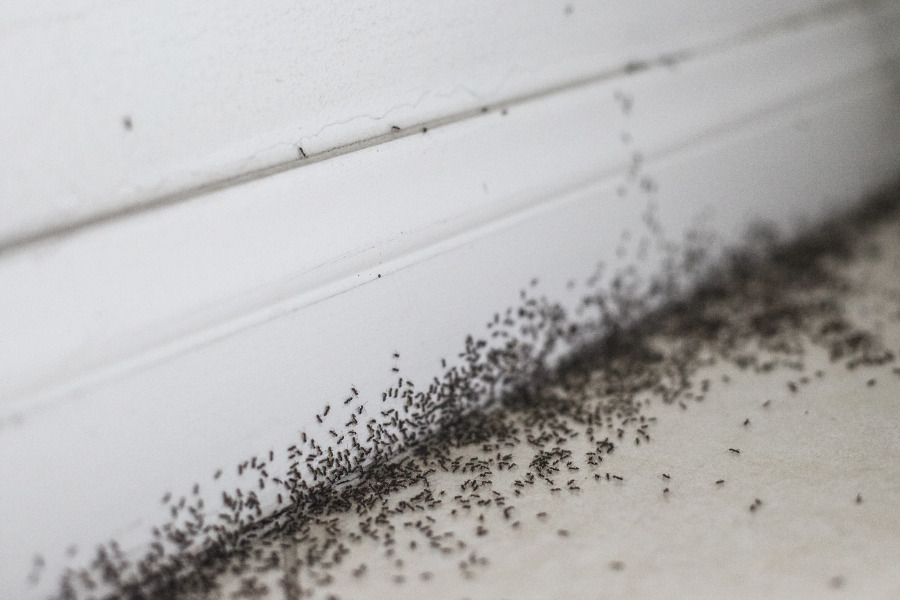
The kitchen is one of the most used areas in your home, making it vulnerable to an ant problem! There
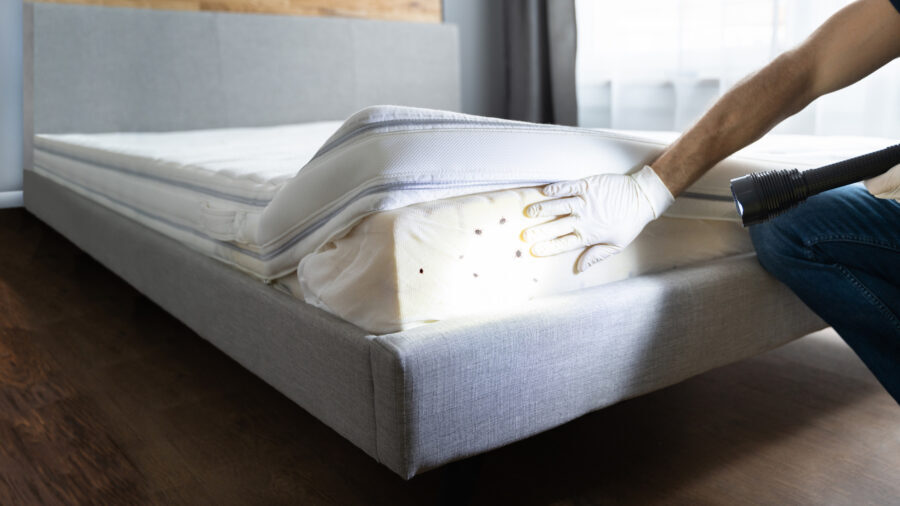
Imagine waking up to itchy red welts on your skin, only to find out that your home has been invaded
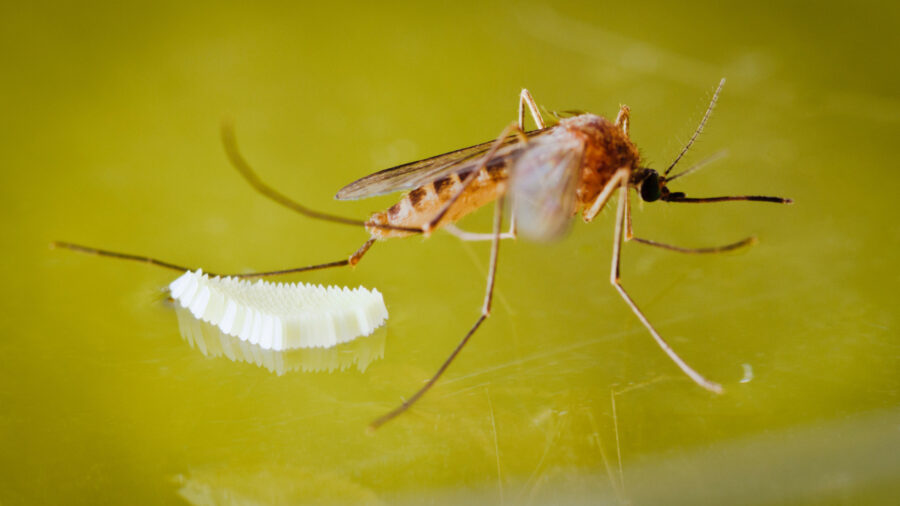
In the Sunshine State of Florida, warm temperatures and abundant water create the perfect breeding grounds for one of the
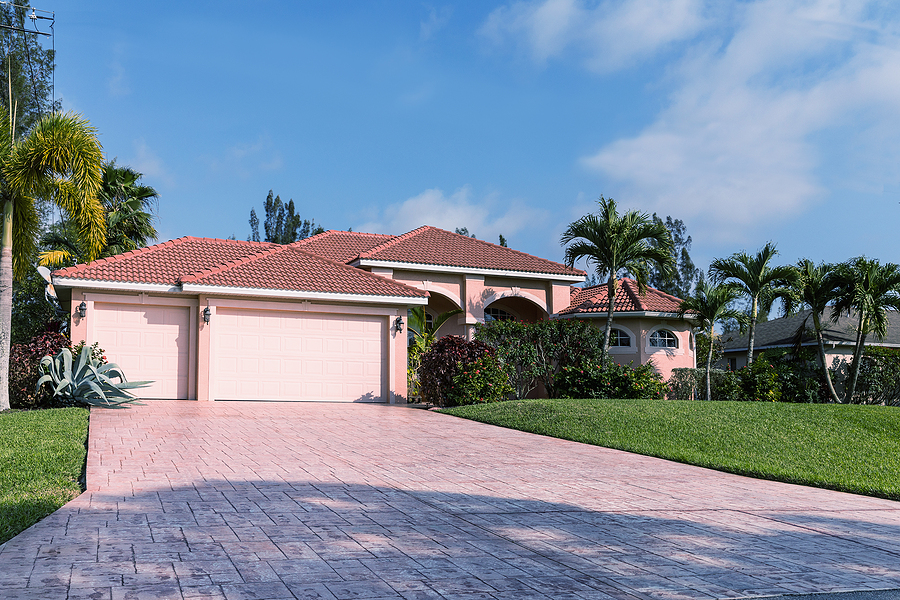
Your attic is a key component to ensuring your Florida home is healthy. Installing attic insulation when your current is
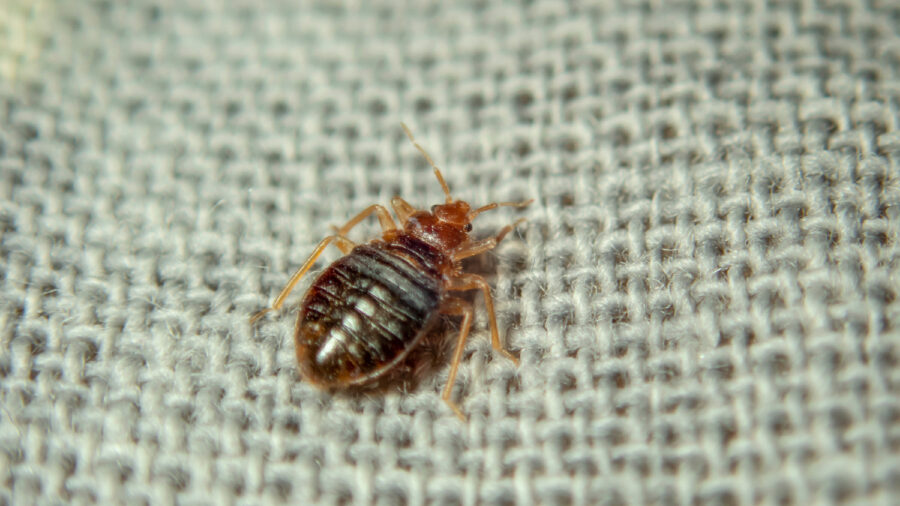
Florida, with its warm climate and bustling tourism industry, unfortunately, provides an ideal environment for bed bugs to thrive. These
Family operated since 1928. Quality Pro Certified. Delivering pest management solutions to commercial and residential customers throughout Florida. Call McCall…We do It All!

Complete the form below and a
McCall Team member will be in touch.